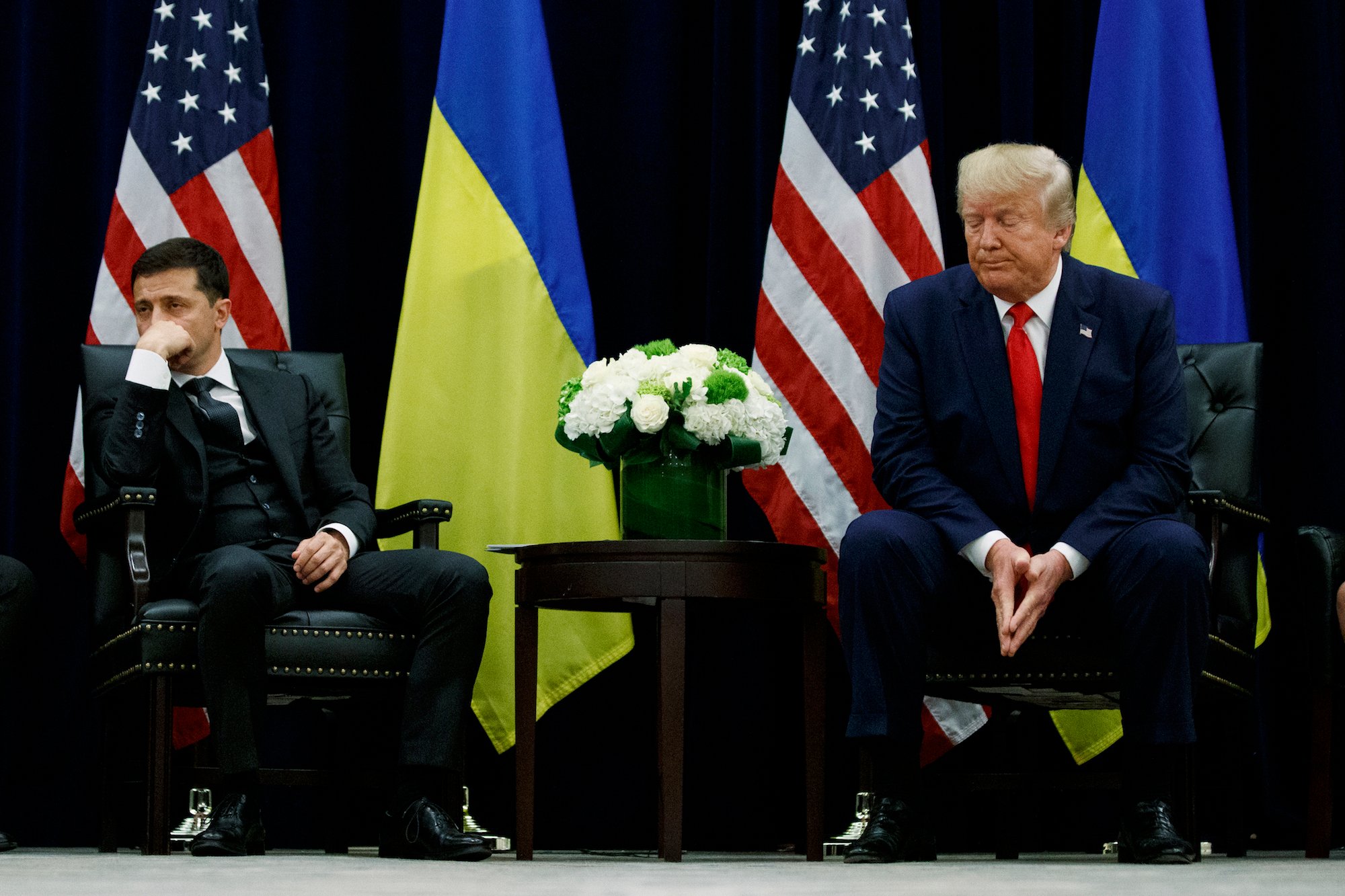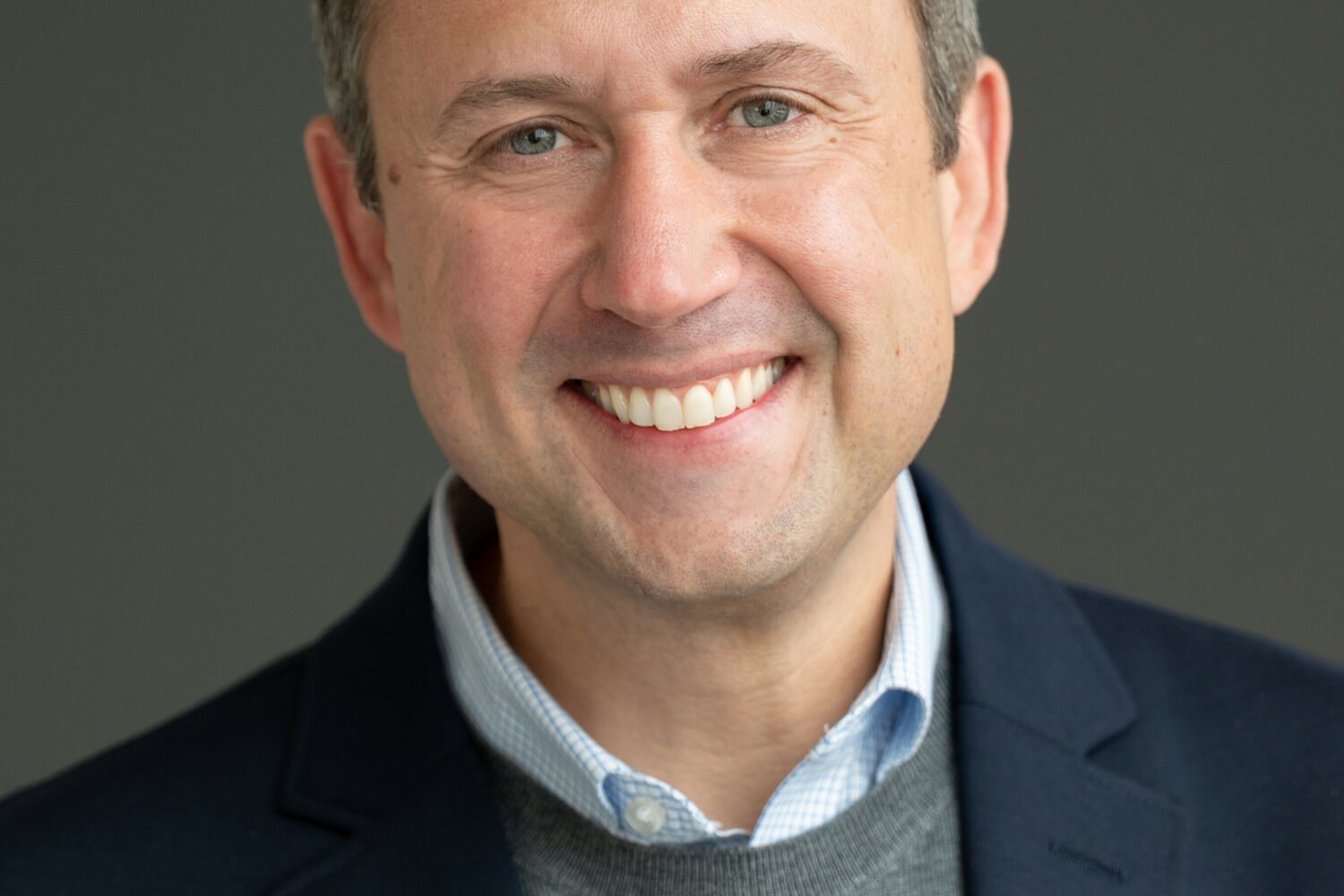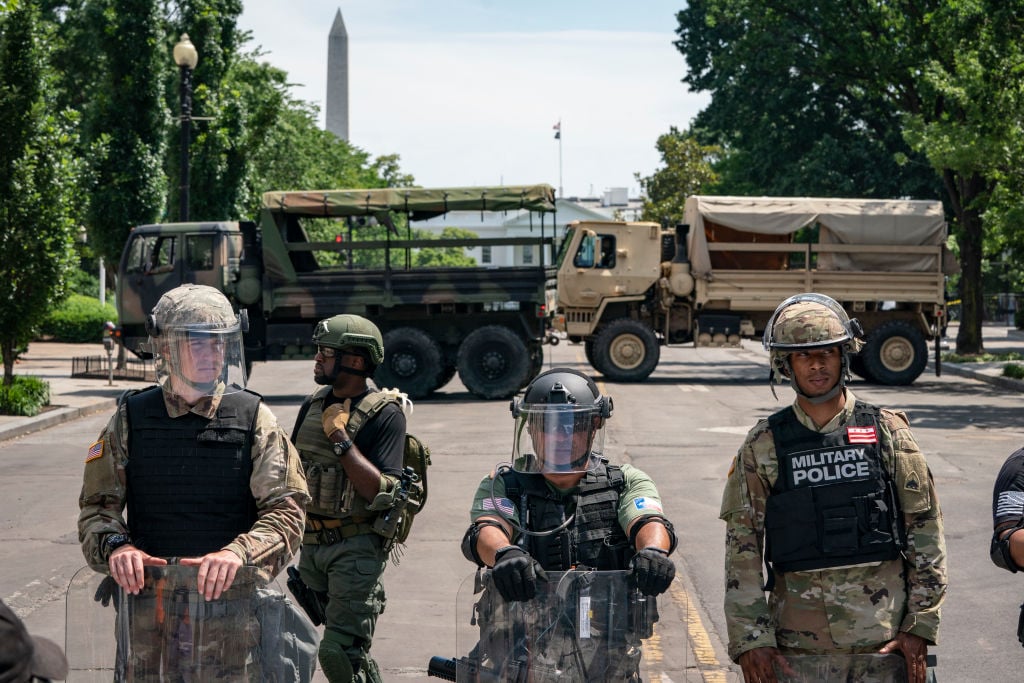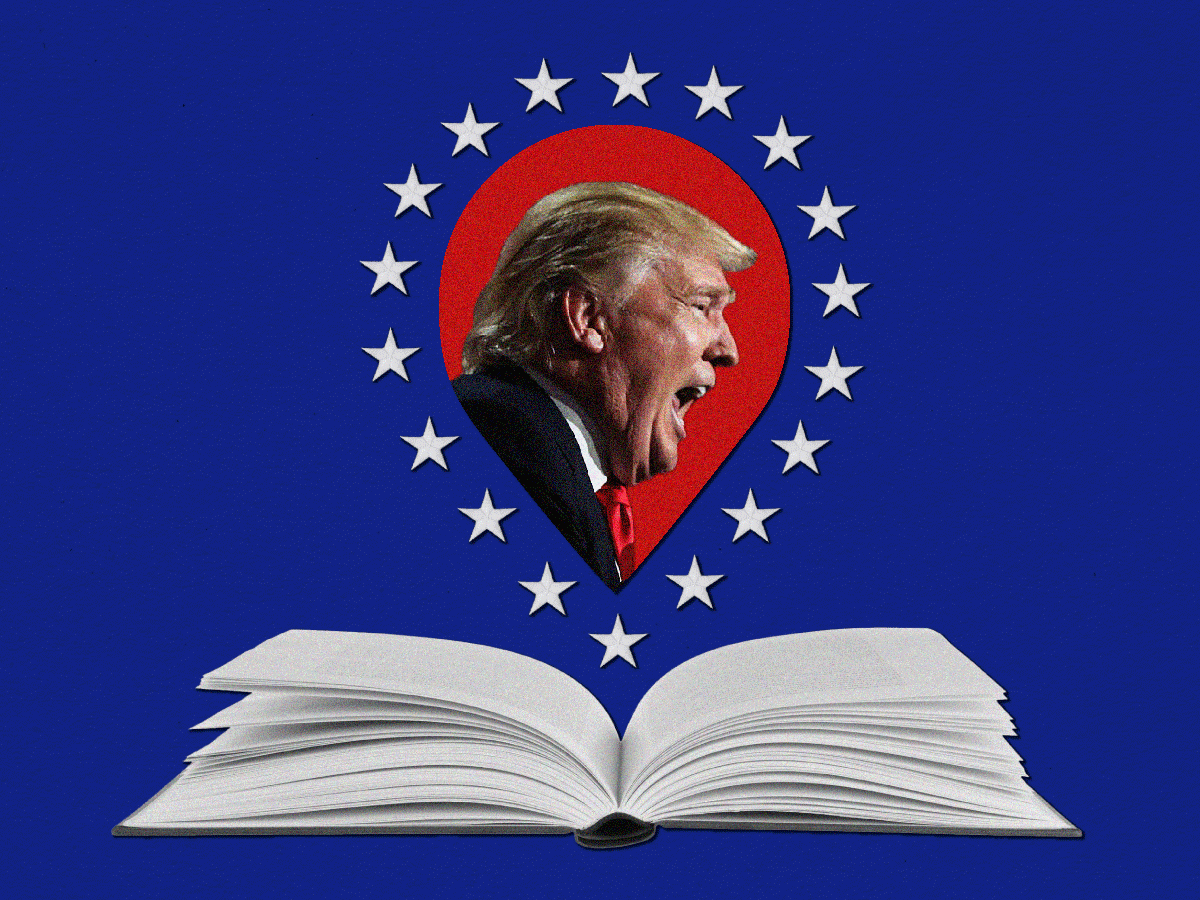As the political fallout continued Wednesday following the release of a summary of a phone call between President Trump and Ukrainian President Volodymyr Zelensky, one aspect of the call has puzzled observers: Trump’s elliptical reference to a California-based cybersecurity company called CrowdStrike. The DNC hired CrowdStrike in 2016 to assess the damage of internal hacks that the company attributed to Russian-backed hacking group APT 28, also known as Fancy Bear—a conclusion widely shared by the American intelligence community.
But not shared, it turns out, by Donald Trump. According to the summary, in addition to seeking negative information on Joe Biden‘s son Hunter Biden, Trump asked Zelensky for a “favor”: “I would like you to find out what happened with this whole situation with Ukraine, they say CrowdStrike …” The sentence ends with an ellipsis, before picking up: “I guess you have one of your wealthy people … The server, they say Ukraine has it[.]”
It’s not clear what exactly Trump is referring to. Trump’s theory apparently involves CrowdStrike, an anonymous wealthy Ukrainian, and a server, allegedly in Ukrainian possession. Reports have speculated this could mean Trump was asking Zelensky to locate a server belonging to the DNC, which presumably would contain evidence (according to the widely debunked theory) that exonerates Russia.
Trump has expressed these doubts before, typically with fragments of allegations and shards of conjecture. For instance, in 2018, he suggested the DNC “server” was missing. In fact, there are many servers that were affected by the attack, and none are “missing” (one is on display in DNC headquarters).
….Where is the DNC Server, and why didn’t the FBI take possession of it? Deep State?
— Donald J. Trump (@realDonaldTrump) July 14, 2018
Thrumming at the center of such speculation was the conspiracy theory that murdered DNC staffer Seth Rich, and not a Russian hacking group, was responsible for the illicit download of DNC materials that were later leaked to Wikileaks. Fox News aired some of the unsubstantiated claims and now finds itself the subject of a lawsuit by Rich’s family.
The transmission of this idea from Fox to the Oval Office has been aided by a cadre of retired intelligence officers and self-styled authorities on cybersecurity, all living in the DC area. Some are members of a group called Veteran Intelligence Professionals for Sanity, or VIPS. They include former intelligence officials like Larry Johnson, Ray McGovern, and Bill Binney. All are occasional guests on Fox News. Binney has appeared on Fox more than ten times, including appearances on the programs of Sean Hannity and Tucker Carlson.
Through Fox, Binney has managed to capture Trump’s attention, and has pushed the Seth Rich theory relentlessly. In 2017, Trump ordered Mike Pompeo, then the director of the CIA, to hold a personal audience with Binney to hear his claims that the Russians were not responsible for the hack.
The trial of Roger Stone elevated the theories to a new register. In a court filing earlier this year, Stone’s lawyers asked the court to see CrowdStrike’s “unredacted” reports about the DNC hack. Stone’s lawyers explicitly challenged the idea that Russia was behind the hacks. Stone’s lawyers referred to an affidavit submitted by Binney and Peter Clay, an Arlington-based cybersecurity consultant.
These ideas have all been substantially debunked. Experts repeatedly have clarified that one server cannot hold the magic key to determining the source of an attack, and that the fact that the FBI doesn’t have the original hardware is irrelevant for forensic purposes. As the Daily Beast explains, Trump’s purported server is neither missing nor a server.
But the mystery deepened on Wednesday when the New York Times revealed that Rudy Giuliani, the president’s personal lawyer, told the publication he had had been in touch with people who believe that the Ukrainians were responsible for the DNC hacks.
Both Giuliani’s comments and the transcript suggest Trump has put aside the Seth Rich conspiracy, since the attack could purportedly be an inside job or an outside job—but not both. The new conspiracy formulation was so fresh that the DNC appeared never to have heard of it before. “This is complete nonsense. Trump still hasn’t accepted that Russia interfered in our election, and instead, is using a call with a foreign leader to push conspiracy theories,” DNC communications director Xochitl Hinojosa said in a statement to Washingtonian, adding, “This is surreal.”
In fact, the unsubstantiated allegation of Ukrainian involvement was a bridge too far even for the original proponents of Trump’s feverish theories.
In a conversation by phone Wednesday, Binney said he didn’t know what Trump was talking about. “I didn’t talk to [Giuliani]. But I wouldn’t have suggested that anyway,” Binney said, of the new allegation that Ukraine was behind the attacks. He also indicated that his and Clay’s affidavit in the Stone trial contained no such idea.
It’s not clear where, in Trump’s mind, the “server” exists, or who the wealth individual is. But some reports have tried to link the firing of former US Ambassador to Ukraine Marie Yovanovitch this past spring to a denial of visas for Ukrainian officials attempting to hand-deliver dirt they claim implicates Democrats.
For what it’s worth, Trump may still be influenced by the original gang. After his meeting with Pompeo, Binney has remained in regular contact with the administration through an intermediary he declined to identify.
“I’m giving my technical expertise to the Attorney General’s office,” Binney said after a long pause. “Indirectly.”



















